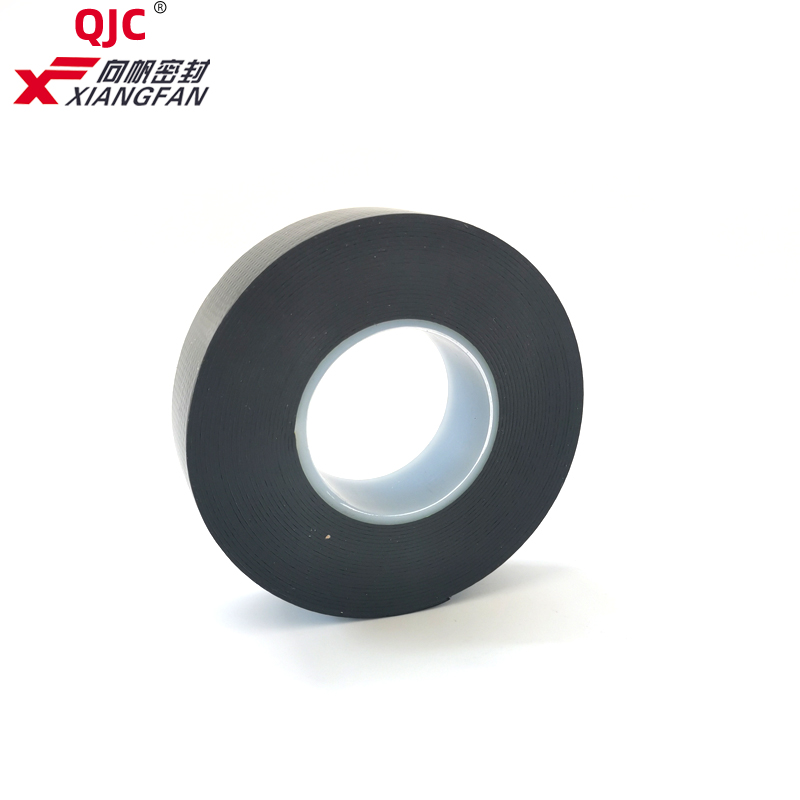Understanding Butyl Sealant Rope The Ultimate Waterproofing Solution
In the world of construction and home improvement, the importance of reliable sealing solutions cannot be overstated. One product that has gained significant attention for its effectiveness is butyl sealant rope. Known for its exceptional adhesive properties and versatility, butyl sealant rope stands out as a go-to option for many applications, whether in commercial construction, automotive repairs, or even around the home.
What is Butyl Sealant Rope?
Butyl sealant rope is a flexible and sticky strip made primarily from a synthetic rubber known as butyl rubber. This material is renowned for its impermeability to air and water, making it an ideal choice for various sealing and waterproofing needs. Most commonly available in rolls, butyl sealant rope can come in different widths and thicknesses to cater to various applications.
Key Benefits of Butyl Sealant Rope
1. Waterproof Properties Butyl sealant rope excels in creating a barrier against water infiltration. This makes it perfect for sealing joints and seams in roofs, windows, and doors, preventing leaks that could lead to structural damage or mold growth.
2. Flexibility and Ease of Application One of the most significant advantages of butyl sealant rope is its flexibility. It can easily conform to surfaces of varying shapes and sizes. Its user-friendly application simply requires peeling off the backing and pressing it into place, making it suitable for DIY projects as well as professional use.
3. Durability Butyl rubber is resistant to UV rays, temperature variations, and aging, making butyl sealant rope a long-lasting solution for both indoor and outdoor applications. Its resistance to harsh weather conditions makes it an ideal choice for exterior sealing tasks.
4. Non-Corrosive Unlike some other sealants, butyl sealant rope does not corrode metal surfaces. This property is crucial when sealing seams in vehicles or metal roofing, where corrosion could compromise integrity over time.
5. Adhesion to Various Surfaces Butyl sealant rope adheres well to many materials, including wood, metal, glass, and plastic. This versatility allows it to be employed in a wide range of sealing scenarios, from automotive applications to household repairs.
butyl sealant rope

Applications of Butyl Sealant Rope
Butyl sealant rope can be utilized across a diverse array of settings
- Construction In building construction, it is often used to seal joints in roofing systems, windows, and doors, mitigating water ingress.
- Automotive Industry In cars, butyl sealant rope is frequently applied to prevent leaks in windshields and other glass surfaces, ensuring a watertight seal.
- DIY Projects Homeowners often use butyl sealant rope for a variety of DIY repairs, including sealing bathtubs, sinks, and even electrical boxes.
- Marine Applications Due to its waterproof nature, it is sometimes used in boats for sealing hatches and fittings, safeguarding against water entry.
How to Use Butyl Sealant Rope
Using butyl sealant rope is relatively simple. First, prepare the surface by ensuring it is clean, dry, and free from dust and grease. Next, cut the rope to the desired length. Remove any backing and press the rope firmly into the seam or joint to ensure proper adhesion. It is essential to smooth out any wrinkles or gaps to guarantee a complete seal.
Conclusion
In summary, butyl sealant rope is an indispensable tool for anyone looking to achieve effective sealing and waterproofing solutions. Its unique properties, combined with ease of use and versatility, make it a valuable addition to any toolkit. Whether you are a contractor, handyman, or DIY enthusiast, embracing butyl sealant rope can help you safeguard your projects against moisture and enhance the longevity of your structures. As construction techniques evolve, the role of reliable sealing products like butyl sealant rope will undoubtedly remain crucial in maintaining the integrity of our buildings and vehicles.
-
XIANGFAN Rubber Tape-Ultimate Solutions for All Your Insulation NeedsNewsJun.24,2025
-
XIANGFAN Rubber Tape-Protection for Industrial and Residential ApplicationsNewsJun.24,2025
-
XIANGFAN Rubber Tape: Superior Safety and Sealing for Demanding EnvironmentsNewsJun.24,2025
-
XIANGFAN Rubber Tape: Reliable Solutions for Every Electrical ChallengeNewsJun.24,2025
-
XIANGFAN Electrical & Industrial Tape: Powering Reliability Across IndustriesNewsJun.24,2025
-
XIANGFAN Electrical & Industrial Tape: Excellence in Every ApplicationNewsJun.24,2025
